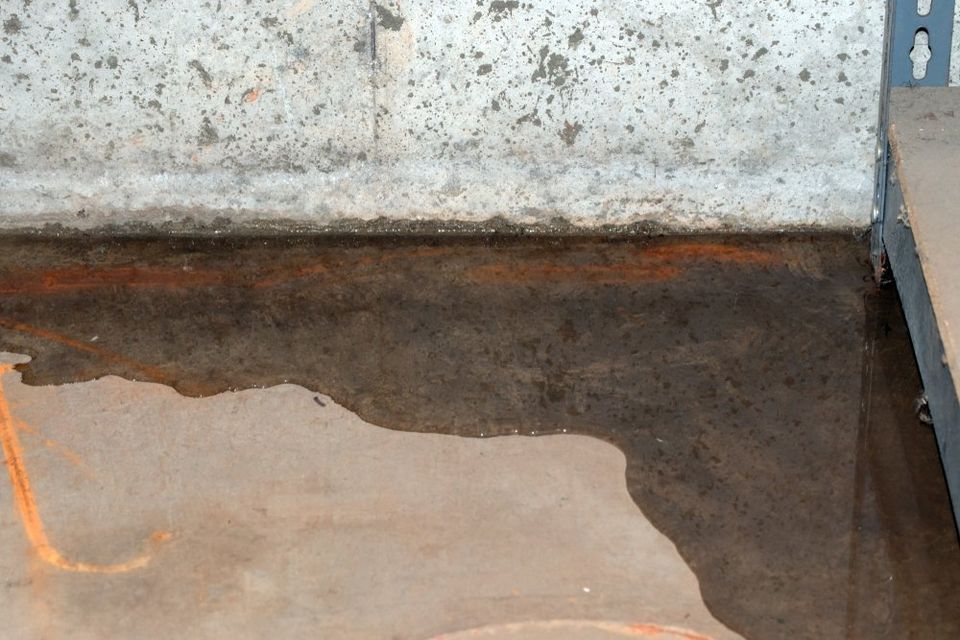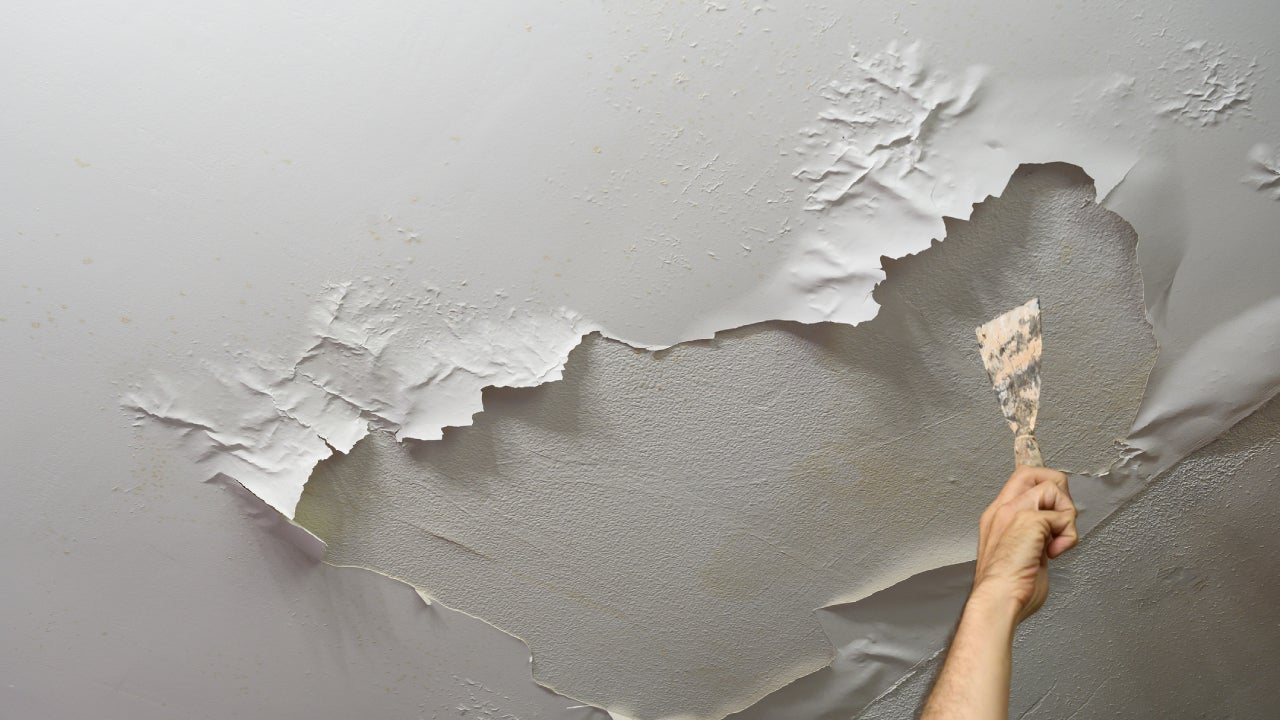Do's & Don'ts of Water Restoration.
Do's & Don'ts of Water Restoration.
Blog Article
What are your thoughts on 5 Home Safety Tips To Reduce The Risk Of Fire And Water Damage?

Water gives life, however water breach on some components where it's not meant to be can result in damage as well as hassle. If the water leaks right into your structure, it can peel away the surface as well as wear down the material's foundation. Mold and mildew and also mold likewise thrive in a moist environment, which can be unsafe for your and also your family's wellness. Additionally, houses with water damage scent stuffy and also old.
Water can come from several resources like tropical storms, floods, ruptured pipelines, leaks, and also drain concerns. It's far better to have a working expertise of safety and security preventative measures if you have water damages. Here are a few standards on exactly how to manage water damages.
Do Prioritize Residence Insurance Coverage Protection
Seasonal water damages can originate from floodings, seasonal rainfalls, and also wind. There is additionally an occurrence of a sudden flood, whether it originated from a damaged pipeline that unexpectedly ruptures into your residence. To secure your house, obtain home insurance that covers both disasters such as natural calamities, and also emergency situations like damaged plumbing.
Don't Fail To Remember to Turn Off Energies
When catastrophe strikes as well as you remain in a flood-prone area, switch off the primary electrical circuit. Turning off the power protects against
electric shocks when water is available in as water serves as a conductor. Do not forget to switch off the primary water line shutoff as a way to prevent even more damage.
If the floodwaters are getting high, keep your furniture secure as they can move around and also cause extra damages.
Do Keep Proactive as well as Heed Climate Notifies
If you live in a location pestered by floods, stay aggressive and prepared at all times. Pay attention to the information and also discharge cautions if you live near a body of water like a creek, lake, or river .
Do Not Neglect the Roofing System
Your roofing professional should take treatment of the defective seamless gutters or any kind of other indicators of damage or weakening. An examination will stop water from flowing down your wall surfaces and soaking your ceiling.
Do Pay Attention to Little Leakages
A burst pipeline doesn't occur in a vacuum cleaner or over night. There are warnings that can draw your attention and also indicate to you some weakened pipes in your home. Indications of warnings in your pipelines include bubbling paint, peeling wallpaper, water streaks, water stains, or dripping noises behind the wall surfaces. There are indications that the pipe will burst. Don't wait for an escalation if you see these signs. Repair and also inspect your plumbing fixed prior to it leads to huge damages to your residence, financial resources, and also a personal nightmare.
Do Not Panic in Case of a Ruptured Pipeline
Timing is key when it comes to water damages. If a pipeline bursts in your residence, promptly closed off your primary water shutoff to cut off the source and avoid more damages. Call a reliable water damage restoration expert for support.
Water gives life, yet water invasion on some parts where it's not intended to be can result in damages and inconvenience. In enhancement, homes with water damages smell old and mildewy.
Seasonal water damages can come from floods, seasonal rainfalls, and wind. Indications of red flags in your pipelines include gurgling paint, peeling off wallpaper, water streaks, water discolorations, or dripping noises behind the wall surfaces. If a pipe bursts in your home, immediately shut off your main water valve to reduce off the source as well as prevent more damage.
Some Do's & Don't When Dealing with a Water Damage
DO:
Make sure the water source has been eliminated. Contact a plumber if needed. Turn off circuit breakers supplying electricity to wet areas and unplug any electronics that are on wet carpet or surfaces Remove small furniture items Remove as much excess water as possible by mopping or blotting; Use WHITE towels to blot wet carpeting Wipe water from wooden furniture after removing anything on it Remove and prop up wet upholstery cushions for even drying (check for any bleeding) Pin up curtains or furniture skirts if needed Place aluminum foil, saucers or wood blocks between furniture legs and wet carpet Turn on air conditioning for maximum drying in winter and open windows in the summer Open any drawers and cabinets affected for complete drying but do not force them open Remove any valuable art objects or paintings to a safe, dry place Open any suitcases or luggage that may have been affected to dry, preferably in sunlight Hang any fur or leather goods to dry at room temperature Punch small holes in sagging ceilings to relieve trapped water (don't forget to place pans beneath!); however, if the ceiling is sagging extremely low, stay out of the room and we'll take care of it DO NOT:
Leave wet fabrics in place; dry them as soon as possible Leave books, magazines or any other colored items on wet carpets or floor Use your household vacuum to remove water Use TV's or other electronics/appliances while standing on wet carpets or floors; especially not on wet concrete floors Turn on ceiling fixtures if the ceiling is wet Turn your heat up, unless instructed otherwise

As an avid person who reads about Simple Solutions To Preventing Fire And Water Damage To Your Home, I figured sharing that short article was beneficial. Those who enjoyed reading our blog posting plz do not forget to pass it around. Many thanks for your time invested reading it.
Report this page